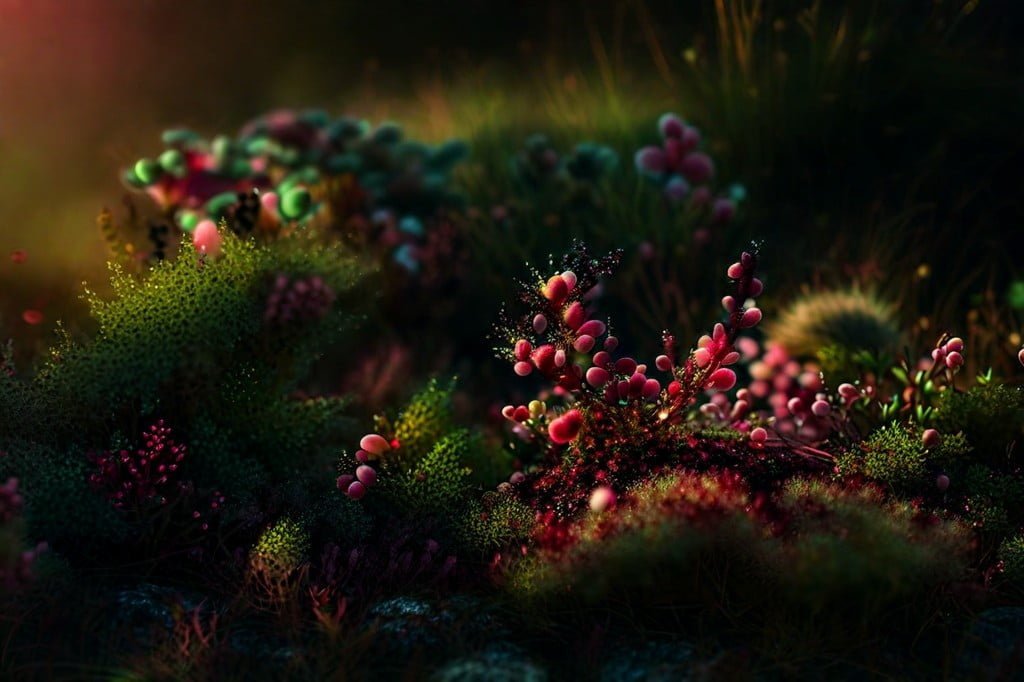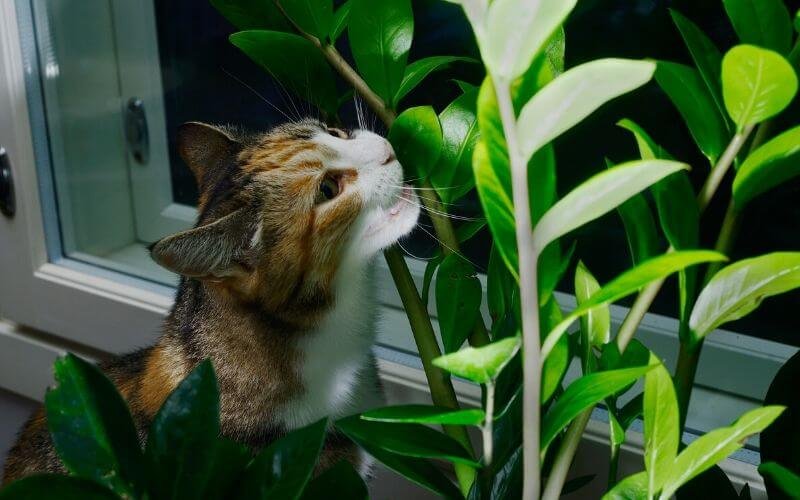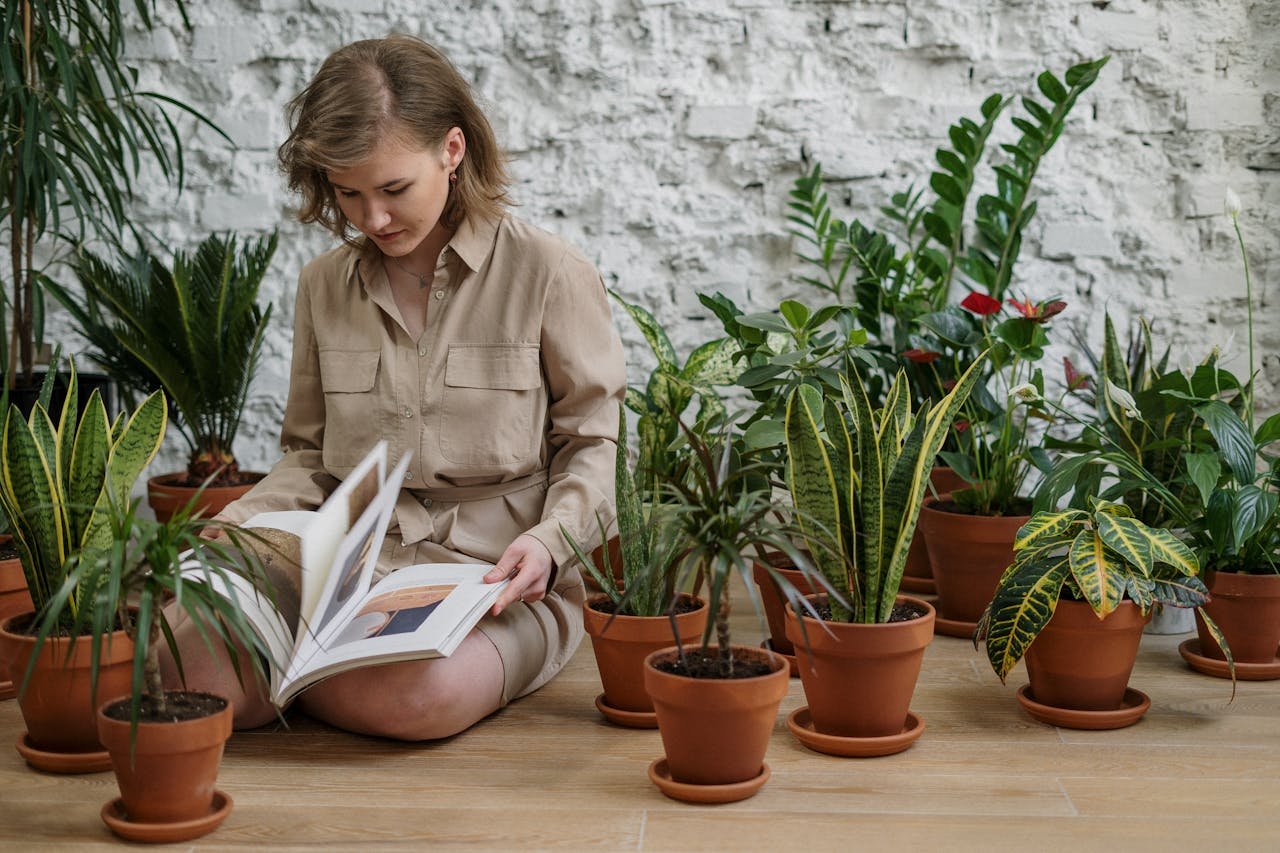How To Fix Overwatered Plants
Outline:
- Introduction
- Importance of Proper Watering
- Signs of Overwatering in Indoor Plants
- Yellowing Leaves
- Moldy Soil
- Root Rot
- Wilting
- Fungus Gnats
- Prevention and Correction
- Proper Drainage
- Adjusting Watering Schedule
- Checking Soil Moisture
- Pruning
- Common Mistakes to Avoid
- Best Practices for Watering Indoor Plants
- Choosing the Right Pot for Your Plants
- Plants That Are Prone to Overwatering
- Expert Tips for Indoor Plant Care
- Conclusion
- FAQs
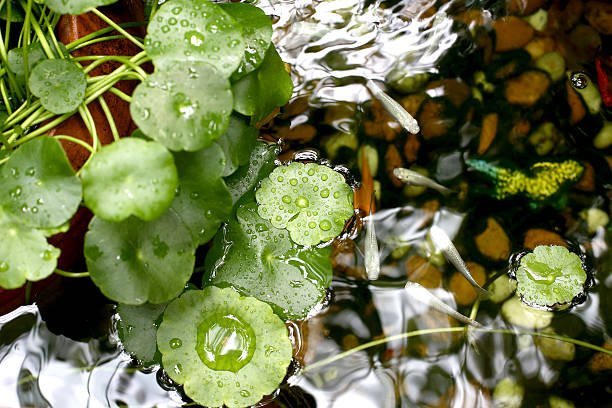
Introduction
How To Fix Overwatered Plants; Taking care of indoor plants is a rewarding experience, but it requires attention to detail, especially when it comes to watering. Overwatering is a common issue that can lead to serious problems for your plants. In this article, we will explore the signs of overwatering in indoor plants and provide tips on how to prevent and correct this issue.
Thank you for reading this post, don't forget to subscribe!Importance of Proper Watering
Proper watering is essential for the health and growth of indoor plants. Water helps transport nutrients throughout the plant and supports important processes like photosynthesis. However, giving your plants too much water can be just as harmful as not giving them enough.
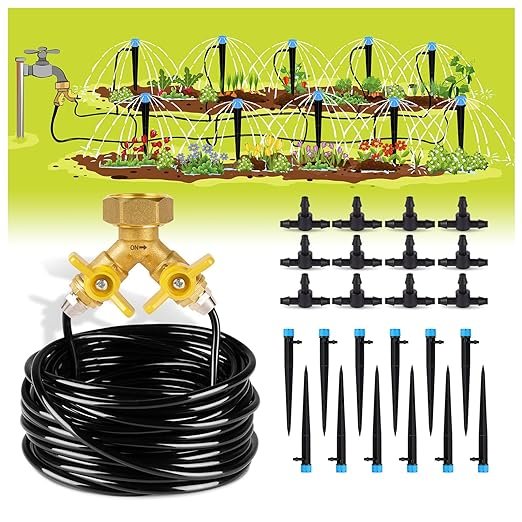
HIRALIY 50ft Drip Irrigation Kit Plant Watering System
HIRALIY 50ft Drip Irrigation Kit Plant Watering System 8x5mm Blank Distribution Tubing DIY Automatic Irrigation Equipment Set for Garden Greenhouse Flower Bed Patio Lawn
About this item
- [Adjustable Drip Irrigation Emitter] The drip emitter can be adjusted to stop, to micro drip, to spray, and can save up to 50% in water savings.convenient for placing in soil.
- [No-leaking Brass Splitter] The drip irrigation system kit provides the exclusive splitter, which has a solid brass construction and no rust. It can not only separate two drip line, but also be adjusted by the butterfly-shaped switch.
- [Easy To Assemble & Use] Simple installation without digging or plumbing skills, simply insert the fittings and droppers, you can begin watering your plants instantly. The drip system kit includes the User Manual with the QR code to get the installation video.
- [Wide Applications] Irrigation system kit is great for lawn, patio vegetable garden, plant greenhouse, flower bed, the raised bed.
- [The Whole Kit to Make The Drip System] This automatic drip irrigation kit , 50FT(15m) 1/4” black tubing, 1pcs brass splitter adapter, 12pcs Tee-connectors, 12pcs blue drip emitters.
Signs of Overwatering in Indoor Plants
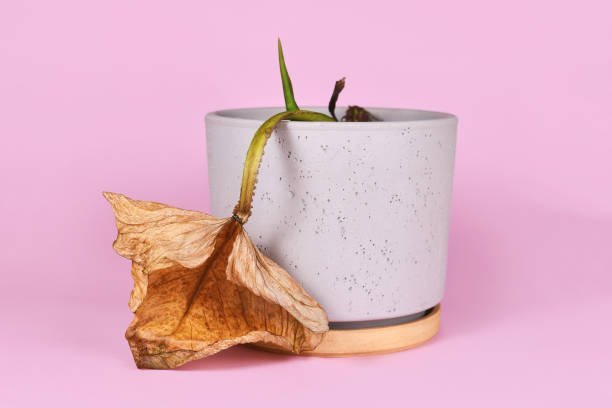
Yellowing Leaves
One of the most common signs of overwatering is yellowing leaves. When plants receive more water than they need, their roots can become waterlogged, leading to a lack of oxygen in the soil. This can cause the leaves to turn yellow as the plant struggles to absorb nutrients.
Moldy Soil
Overwatering can also create the perfect environment for mold and mildew to thrive in the soil. If you notice a musty smell or white mold growing on the surface of the soil, it may be a sign that you are overwatering your plants.
Root Rot
Root rot is a serious condition caused by overwatering, where the roots of the plant become waterlogged and begin to decay. This can lead to wilting, yellowing leaves, and ultimately, the death of the plant if left unaddressed.
Wilting
Ironically, overwatered plants can also exhibit wilting symptoms. This is because the roots are unable to deliver nutrients effectively due to being waterlogged, causing the plant to wilt despite having plenty of water available.
Fungus Gnats
Fungus gnats are small insects that thrive in moist soil conditions. They are attracted to overwatered plants and can become a nuisance if the soil remains consistently wet.
Prevention and Correction
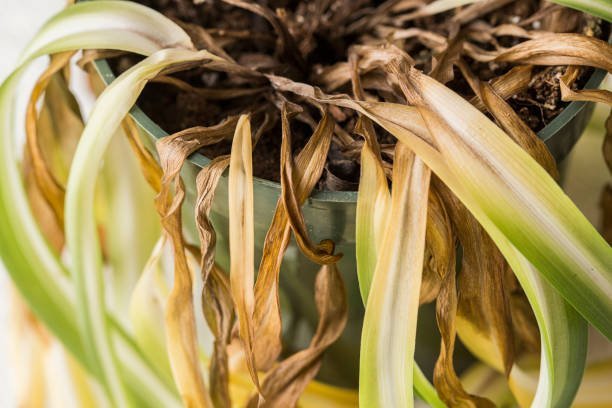
To prevent and correct overwatering in indoor plants, there are several steps you can take:
- Proper Drainage: Ensure that your pots have adequate drainage holes to allow excess water to escape. Use a well-draining soil mix to prevent water from pooling at the bottom of the pot.
- Adjusting Watering Schedule: Pay attention to the moisture levels in the soil and adjust your watering schedule accordingly. Allow the top few inches of soil to dry out between watering sessions.
- Checking Soil Moisture: Invest in a moisture meter or simply use your finger to check the moisture level of the soil. If it feels damp, hold off on watering until it dries out.
- Pruning: If your plant is suffering from overwatering, consider pruning away any yellowing or rotting leaves to encourage new growth.
Indoor Plants in Low Light : Thriving in the Shadows
False Christmas Cactus
Common Mistakes to Avoid
- Watering on a Schedule: Each plant has different watering needs, so avoid watering on a set schedule and instead adjust based on the specific requirements of your plants.
- Ignoring Drainage: Lack of proper drainage can lead to waterlogged soil, which is a breeding ground for root rot and other issues.
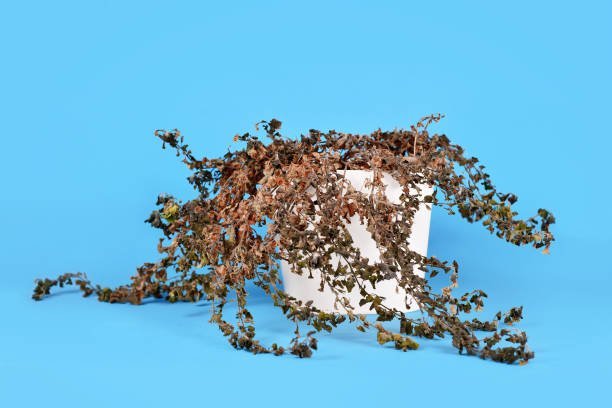
Best Practices for Watering Indoor Plants
- Water at the Base: When watering your plants, aim to water at the base of the plant rather than spraying the leaves. This helps prevent moisture-related issues like mold and disease.
Top 15 Low Light Plants for Your Home and Office
Growing Olive tree indoor plant
Choosing the Right Pot for Your Plants
- Selecting the right pot: Choose pots with drainage holes and the appropriate size for your plant to allow for proper aeration and water drainage.
Plants That Are Prone to Overwatering
- Some plants are more susceptible to overwatering than others. Plants like peace lilies, ferns, and spider plants are known to be sensitive to excess moisture and should be watered with care.
Expert Tips for Indoor Plant Care
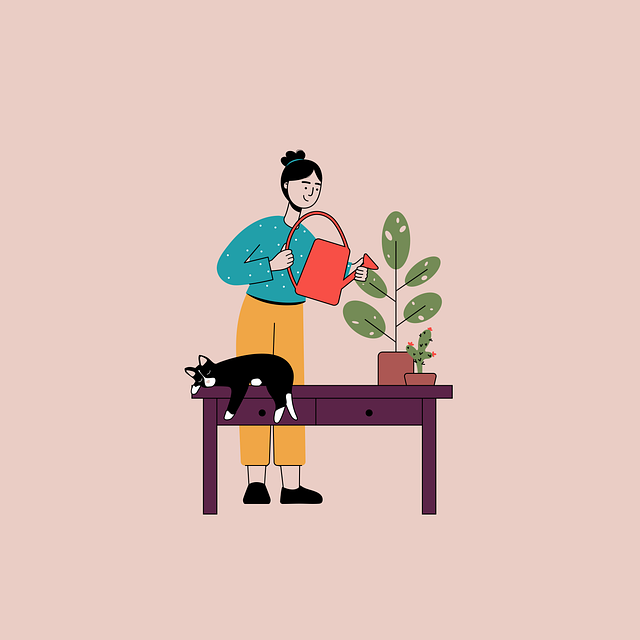
- Monitor Humidity Levels: Some plants thrive in high humidity environments, while others prefer drier conditions. Invest in a humidifier or pebble tray to adjust the humidity levels as needed.
- Rotate Your Plants: To ensure even growth, rotate your plants periodically to expose all sides to light and prevent them from leaning towards the light source.
My Opinion
Proper watering is essential for the health and well-being of your indoor plants. By being vigilant and attentive to the signs of overwatering, you can ensure that your plants thrive and grow to their full potential.
FAQs
- How often should I water my indoor plants?
- The frequency of watering depends on the specific plant species and environmental conditions. It’s best to check the soil moisture level before watering.
- Can I save an overwatered plant?
- In some cases, you can save an overwatered plant by adjusting your watering habits and allowing the soil to dry out. However, severe cases of overwatering may be irreversible.
- What is the best way to check the soil moisture?
- You can use a moisture meter or simply insert your finger into the soil to gauge its moisture level. Water your plants only when the top few inches of soil feel dry to the touch.
- Are there any warning signs of overwatering that are easy to miss?
- Sometimes, subtle signs like slow growth, leaf discoloration, or a lack of new growth can indicate overwatering. Pay attention to the overall health of your plants to catch early signs.
- Should I water my plants from the top or bottom?
- Watering from the bottom can help prevent issues like mold and fungus, as it allows the plant to take up water through its roots without wetting the leaves.

